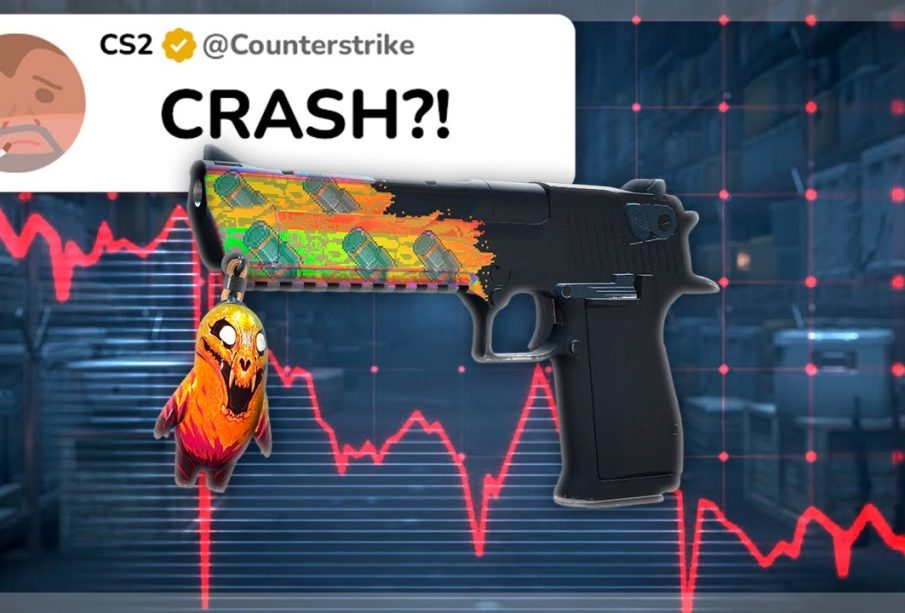Understanding the CS2 Skins Market Crash: Causes and Impacts

Introduction
The CS2 skins market has recently experienced a substantial crash, sparking widespread concern among gamers and investors alike. As one of the most lucrative digital assets in the gaming industry, CS:GO (Counter-Strike: Global Offensive) and CS2 (Counter-Strike 2) skins have become a popular area for trading and investment. This crash not only signifies a shift in the digital marketplace but also raises questions about the sustainability of virtual economies moving forward.
Recent Events in the CS2 Skins Market
In the past month, prices for various CS2 skins—ranging from rare items to common ones—have plummeted by as much as 50%. Market analysts attribute this sharp decline to a combination of factors, including inflationary pressures in the broader economy, changes in the game’s algorithms affecting skin drop rates, and increased flood of new skins that dilute the value of existing ones. Furthermore, a surge in bot trading and hoarding practices have destabilized prices, making the CS2 skins market more volatile than ever.
Community Reactions
The community of dedicated gamers and collectors is not taking the crash lightly. Many players have taken to social media platforms and gaming forums to voice their frustrations, with some labeling it as a ‘digital bubble burst’. Others, however, see this as an opportunity to acquire rare items at discounted prices, thereby capitalizing on the ever-changing market dynamics. A significant rise in trading activity has been noted, as players attempt to offload items before further devaluation hits.
Conclusion and Future Outlook
The recent CS2 skins market crash serves as a stark reminder of the volatility inherent in digital economies, particularly those dependent on player sentiment and market hype. As the community grapples with ongoing changes, the future of the skins market remains uncertain. Experts suggest that while the market may stabilize in the coming months, volatile fluctuations could persist, potentially attracting new investors drawn by lower entry costs. Understanding these dynamics is crucial for players and investors aiming to navigate this unpredictable landscape.









